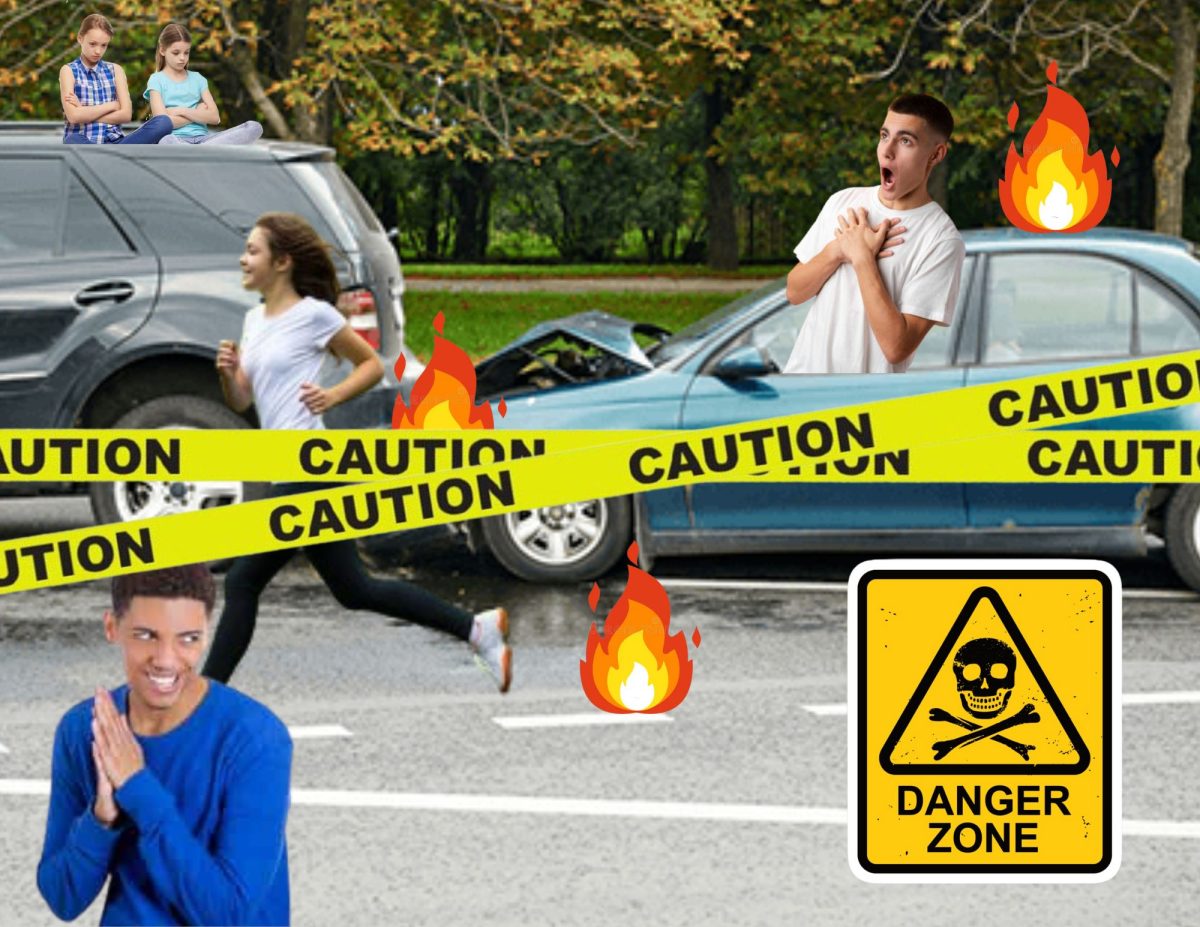The Hype About Ebola

A map showing where Ebola scares in the USA have been
Students of AHS – get ready to pull out some medical facemasks and latex gloves and prepare to rid yourselves of any human contact, because Ebola could potentially head our way any day now…or at least that is the public and the media is treating it.
In reality, Americans are worrying about Ebola much more than they should have to. As of October 19th, only four patients in the US have been diagnosed with Ebola, and in my opinion, that hardly classifies as an outbreak. Two of the people who have been infected caught the disease in West Africa, and the other two were nurses who were in direct contact with the patients. Each of these people has been immediately quarantined, so why all the hype?
First of all, there is a plethora of false information on the Internet about Ebola. Because we live in such a media saturated world, we have access to so much information that is true and false. Articles claiming to reveal the truth about Ebola are popping up here and there, and presenting anyone who comes across that information with many falsities, and completely untrue ideas about the disease.
Another factor in people’s Ebola fear is the fact that everything about it is so publicized. Although it is an international disaster, there is no need for the media to install fear in people’s minds where there is virtually no worry. In the process of researching Ebola, I came across the fact that Ebola can only be transferred directly through bodily fluids. Although there is no cure (yet) for Ebola, it is mostly avoidable. The fear can wait until there is something bigger to worry about.
Despite the role they play in it, the hype is not entirely the media’s fault. Upon Google searching Ebola, most of what pops up is the hard and grim news, stating that there have been approximately 2,300 deaths and about 4,300 infected. If people are not reading much more than the headline – and I would say that it is fair to assume that a good number of people are – that is all the information that people will receive. What are mentioned in these headlines are the cold, hard facts. What is not mentioned in the headlines, for example, is the fact that the majority of these deaths happened thousands of miles away from here, in West Africa. If no one is able to read past the headline and delve into actual statistics and facts and look past the number of deaths, the general public could have a better idea of what is actually happening, and avoid falsifying the facts.
I participate in the Buddy Program, and on one occasion I was sitting with a group of people and their buddies, because mine had not shown up. I was half listening to other people’s conversations with their 10 or 11-year-old little buddies, when I heard one say “Ew, no. Boys all have Ebola.” I turned around and asked her what she had just said. She proceeded to tell me that boys had Ebola, which apparently has taken the place of cooties in middle school minds. Although it is obvious that these children do not know the details about what Ebola is, there is enough hype about it that they are aware of it without knowing the facts.
In Africa, where the Ebola outbreak is extremely serious, there are many factors that play into the difficulty of the situation, the most obvious being that most African countries do not have the same standard of health care that we do. Ebola patients in Africa had been in direct contact with each other, and some had reportedly touched deceased Ebola victims. Here, we have enough protection to stop Ebola from becoming an epidemic, and there should not be so much anxiety regarding the US. Although it is always a good idea to remain aware and careful, it is also not necessary to slant and distort the facts into unnecessary drama.

Olivia Oksenhorn is a senior at Aspen High School and Co Editor-in-Chief for the Aspen Skier Scribbler. This is Olivia's fourth year writing for the newspaper,...




















